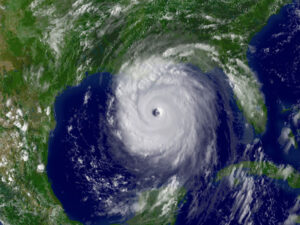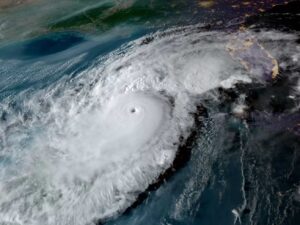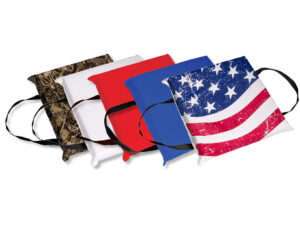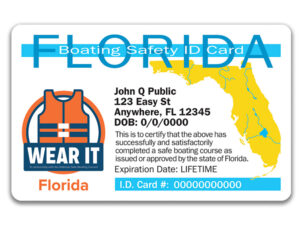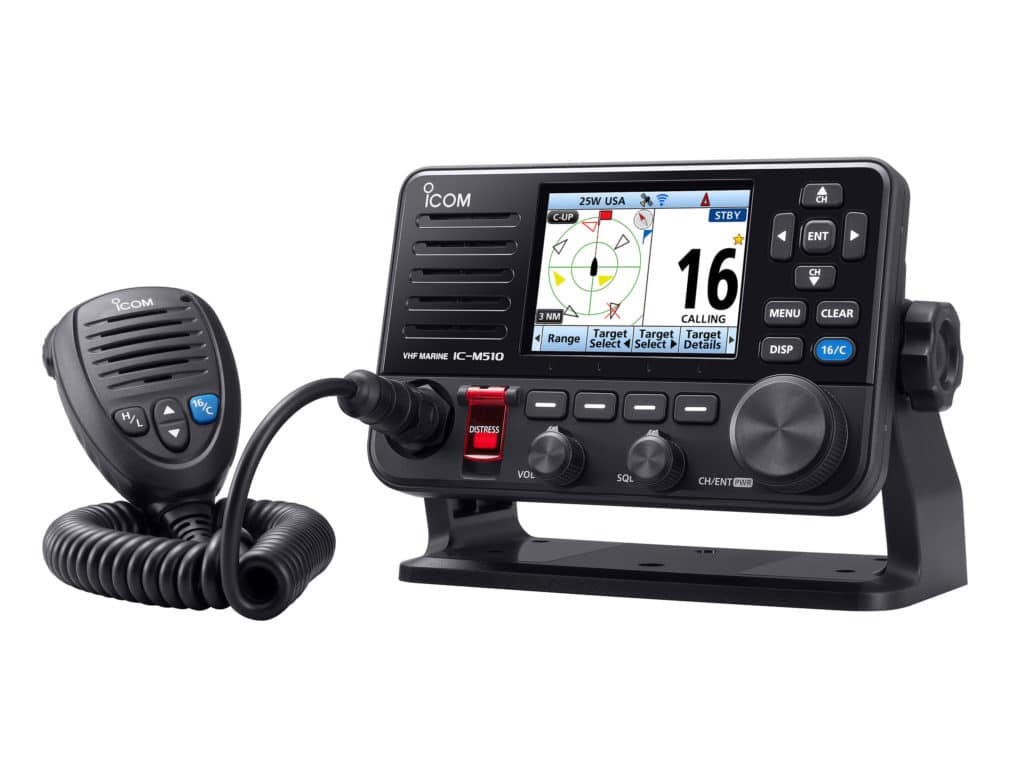
Q. How do I know if my VHF radio is working?
A. When possible, it is best to make an on-the-air radio check by asking for confirmation of message received from another boat or shore station that is a reasonable distance away. Avoid using Channel 16, which is for hailing purposes only. Here are two other ways.
Switch your radio to low power (1 watt) and monitor yourself on a handheld VHF. You may have to turn down the volume and keep it as far away as possible from the main radio and antenna being tested to avoid a possible loud feedback squeal from the portable set due to the proximity of both radios. Or you can have someone take a portable and go down the dock a distance from the boat for an on-the-air radio test.
Another quick way to confirm that your radio is transmitting is to watch your boat’s amp meter when depressing your radio’s mike transmit button. When transmitting on high power (25 watts), you should see about 4 to 5 amps registered on the meter, and close to 1 amp when transmitting on low power.
Key Radio Tests
There are three key radio checks you can do to confirm your radio is working properly. They are called transmission, modulation and reception. These tests confirm that your radio is transmitting and your voice is being combined (modulation) and transmitted with your radio’s output signal.
Reception Check
No matter how powerful your radio’s transmitter signal may be, if you can’t hear a station transmitting back, you don’t have communications! Here are two quick tests to check your radio’s “hearing ability.”
Use a local weather channel to verify that you are hearing the broadcast clearly and without distortion. If you can, switch to a weaker, more distant weather channel to test your radio receiver’s ability to hear weaker signals.
Remove the connector on the antenna cable from the back of your radio. Insert the tip of a small screwdriver or paper clip into the center contact of the radio’s antenna jack while monitoring your local weather channel. If you can hear the weather broadcast, your radio most likely has good reception.
Automated Radio Checks
Sea Tow (seatow.com) operates a network of automated radio-check stations in many parts of the country as a public service. You are encouraged to check your VHF radio by calling the station in your area. When you transmit on its channel, you will hear a recorded response and then hear a playback of your voice verifying that your radio is transmitting, modulating and receiving. Check the Sea Tow website to find out if it offers this service in your area and on which channel it operates.
Radio-Check Meter
One of my favorite means to test the operation of a VHF radio is Shakespeare’s (shakespeare-marine.com) ART-3 Antenna Radio Tester ($244). It is palm-size and easily connects between your radio and antenna. It functions as a monitor that indicates your radio’s power output, along with the health of your antenna and cable, and evaluates your reception as well. It can also be permanently mounted next to your radio to provide a radio check every time you transmit.
Operation Tips
A common operation error is miss-setting a radio’s channel mode. All VHF radios can operate on three different channel groups: U.S., Canada or International. An incorrect channel-mode setting might result in the inability to communicate on some channels. An icon on your radio’s screen indicates which mode your radio is operating on.
Attempting to make or reply to a more distant radio call while your radio is set to low power (or 1 watt) can result in no contact at all. Be aware of the power-output setting your VHF radio is operating on.

